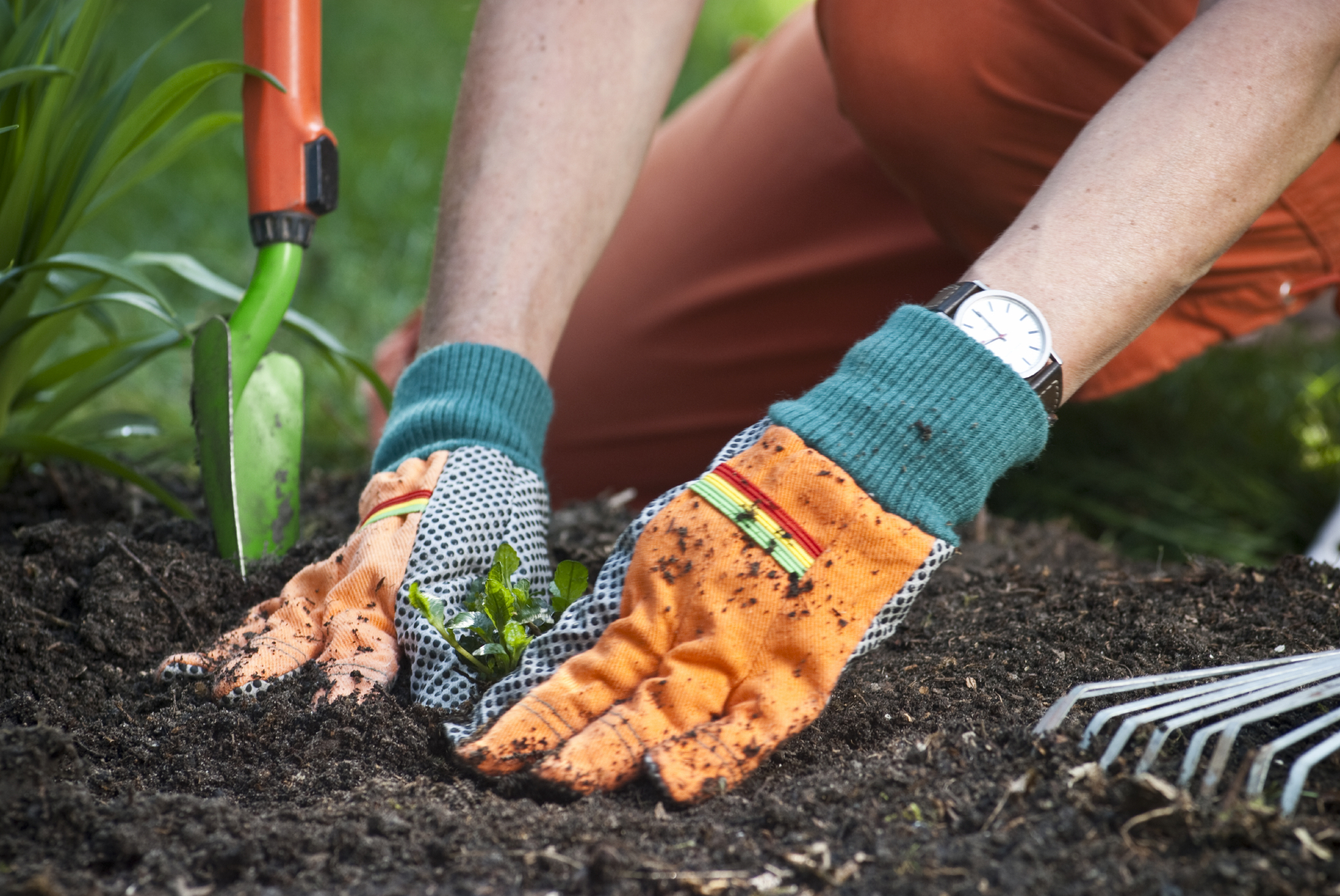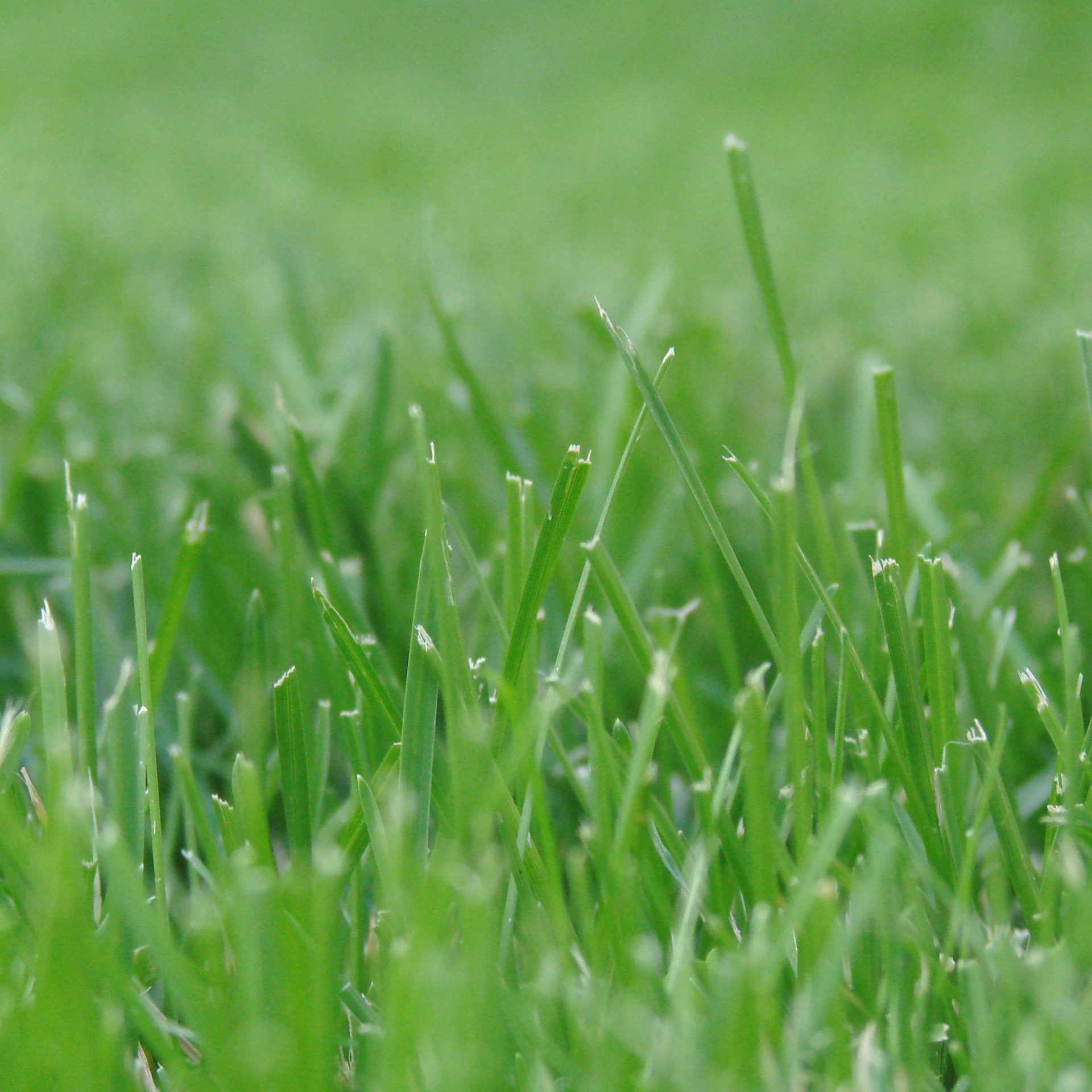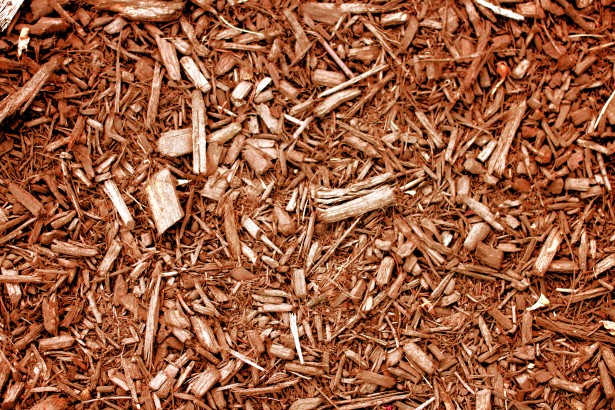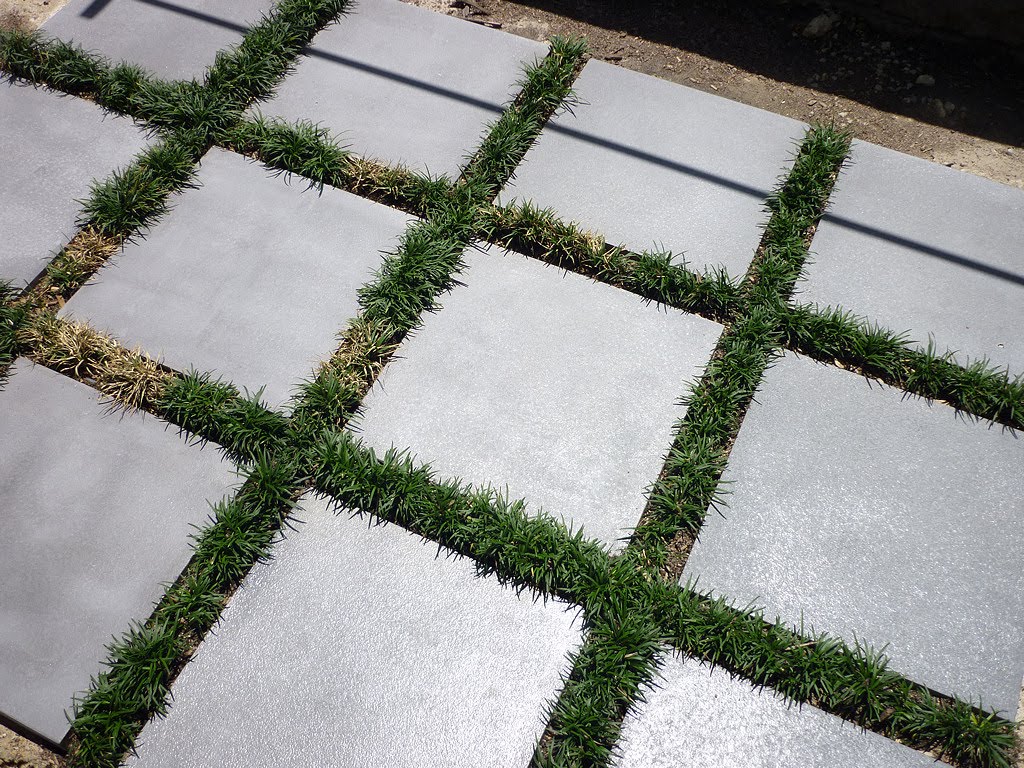Landscaping and gardening in arsenic and lead contaminated soil
Do you live in an area impacted by contaminated soil? Don't worry — you can still enjoy gardening, landscaping, and playing in the dirt. Whether you like to grow your own produce or are setting up a play area for your children, follow these simple steps to protect yourself and your family.
Arsenic and lead are not absorbed very well through the skin. However, soils stuck to dirty hands, garden produce, or inhaled often end up being swallowed accidentally. Read about the health effects of arsenic and lead.
Healthy gardening tips (watch our videos)
Cover bare patches of soil
Covering bare soils helps reduce contact. You can use low-cost landscaping materials or add on to a project you already planned to do.
Build raised garden beds
If you know that your soil is contaminated, mix compost or manure into your garden bed. This will dilute the contamination. Also consider gardening in ceramic pots or build raised beds:
- Build the frame — Use cedar, plastic lumber, or concrete. If you use salvaged wood, make sure it’s not arsenic-treated (CCA) lumber or railroad ties.
- Prepare for your soil — For added protection, place heavy-duty landscape fabric over the ground inside your frame.
- Buy soil — The state doesn't regulate soil sellers, so ask your supplier about soil quality before you buy. Many suppliers will test for metals, petroleum, and other contaminants. Ask the following questions:
- Where does the soil come from?
- Is it blended with compost and additives? If so, where do they come from?
- Has it been treated for chemical contamination?
- Will the soil support what you are planning to grow?
Growing fruits and vegetables
Most plants do not take up much arsenic or lead into their edible parts. The greater risk comes from eating dirt or dust stuck to the outside of your produce.
Wash and peel your produce
- Wash your fruits and vegetables to remove soil and dust stuck to the outside.
- Leafy greens and plants grown close to the ground tend to pick up more soil when harvested.
- Check leaves carefully as they have a large surface area to collect soil.
- Peel roots and tubers to remove all soil.
Seeds and fruits tend to take up less arsenic and lead than leaves, stems, or roots. Roots and tubers can have higher levels in the skin than the flesh. Peeling them helps remove that area, plus any dirt stuck to the surface. Here's more information about gardening in contaminated soils:
- Gardening in Contaminated Soils (WSU Extension)
- Gardens in Urban Soils (EPA)
Removing contaminated soil safely
We do not recommend doing your own soil removal unless you are planning a major landscaping or building project that involves moving soil.
Test your soil to see if it is contaminated
If you are planning a project that involves moving soil, first find out if your soil is contaminated. If you live in the Everett or Tacoma smelter plume areas, check the Dirt Alert Map to find out if you are eligible for free soil testing. If you are not eligible for free soil testing, you can collect your own samples by following our Soil Sampling Guidance.
Remove and replace soil safely
If you are planning a project that involves moving contaminated soil:
- Everett smelter area — Contact Snohomish Health District to test soil and dispose of it properly. Click the "Waste screening determination" link under Hazardous Waste to request this service.
- Tacoma smelter plume area — Visit the Technical Assistance webpage or contact our project line 360-407-7688 press 2.







